-
Posts
733 -
Joined
-
Last visited
Content Type
Profiles
Forums
Articles
Gallery
Downloads
Events
Posts posted by Will W.
-
-
Those are some good ones, Aus.
-
What exactly is it you need help with?
Do you mean that youre having trouble with a concept?
Or do you need help as in sub contractors or helpers?
Point is, its a broad question.
-
The oil is preheated to change its viscosity and give you a more even quench. Oil, when its warm, is thinner than when its cold. Therefore, the vapor pocket formed during the quench will be removed from around the blade faster. It also helps to gently move the blade up and down (never side to side) in the oil to break up that vapor pocket.
I agree, your blades look nice. I would suggest working on your ricasso and plunge lines though. Makes blades look a lot more professional, and IMO function better as well. Though that does depend on the blades intended use.
-
I never would have thought of that as a viable source of charcoal. Aus, your creative thinking astounds me again.
-
Like fellow bladesmith @templehound said in a post a while ago, if you make something once that people like, expect to make it again.
This fillet knife was desired by a customer after i showed them pictures of the first one i made (the thread can be seen here in Knife Making.)
Blade is 6.5 inches long, overall just under 10 inches. ~176 layers of O1 and L6. I focused on forging this knife thin with few marks, i did not want to grind much of the pattern away, and i was succesful in that regard. Forged down to about .1 inches (100 thousandths) and ground to .09 inches (90 thousandths) leaving each individual layer at about 0.0005 inches thick (5 ten-thousandths.)
I attempted to do a raindrop pattern, which is visible, but i now know that i used too small of a drill bit, it is not nearly as prevelant and dramatic as i had hoped for. I also drilled the holes while the billet was just a bar, then proceeded to flatten and profile the blade. The forging distorted some of the raindrops.
Perhaps it was the materials, or the layer count, or possibly the heat treatment, but the pattern is subtle. More so than i had hoped for.
The handle is acrylic, i believe it was "molten magma" color, or something to that effect. I desired more of the orange color in the material, but you get what you get. Guard and pommel are nickel silver. Spine tempered to blue, and edge to dark brown.
Comments and critiques are welcome and appreciated, as always.
Happy holidays everyone. Thank you for looking!
I was able to get a few good up close shots of the pattern:
-
Tubalcain hit it right on the head. +1 to everything he said.
I agree that the profile and grind are pretty good, but that handle is... interesting. I understand that it was just a creative idea, but remember, the greatest knife in the world is nearly useless if it has an impractical or poorly executed handle. Definitely recommend you go to simpler designs, the way the blade was going, this could have been a very nice knife.
I started on scales, so i believe they are easier than through tang knives (definitely easier than a complete hidden tang, e.g. one that does not stick out the rear of the handle, they can be a PITA.) I would recommend starting with scales. Check out websites like Texas Knifemakers Supply or Jantz for a good selection of handle materials, both natural and synthetic.
Good luck to you.
-
Everybody else pretty much covered it. But if you insist on doing damascus, then maybe start with the simpler processes, like a stack of pieces, rather than something genuinly difficult to weld like a chain.
-
I think the handle looks good. The way it fits in the hand is the most important part.
I agree with your decision to go with a trailing point rather than a drop point, ive always found them to be far better for skinning. Keep the tip back, and you wont poke holes in the hide.
The only recommendation i would have would be to work on your bevels. Nice clean ricassos and plunge lines can make blades look 1000x better and function better as well.
Good work overall. What are the dimensions?
-
Simple, but it appears well made. I would have tempered a little further, personally, but as long as its not going to see any harsh punishment, it should be fine. Nice work. It should serve you well.
-
2 hours ago, Michael Cochran said:
we need more than a simple blower
Well, when i say a blower, i pictured something like a hydroelectric power plant turbine adapted to blow air. Hand crank, of course!

-
2 hours ago, John McPherson said:
Is there a market for Tactical or Zombie Apocalypse herb choppers?
Theres always someone out there who will buy anything. Theres a market for everything, its just how exclusive and niche the market is that is the variable.
I think youre on to something, John.

-
10 minutes ago, Michael Cochran said:
Every time I go by I can see the large mountains of coke and can’t help but think of all the fires I can build with it.
Why plural? Think of the fire you could build with it. We could all probably forge out of that fire at the same time!
We would need one heck of a blower though... any volunteers to crank it?
-
Pattern on both the blade and guard look great. Well done!
-
Oh my! Now thats quite a find, what an interesting tool.
-
6 hours ago, John in Oly, WA said:
Not a glamorous blade, but a useful one.
That is the best type of knife. At the end of the day, knives are tools. Tools require pragmatism over all else. Ive made some blades that were decent looking (lets be honest, they were pretty bad!) but they performed flawlessly and effectively. What more can be asked?
You did well, i like it. Excellent choice in handle material, i love the pattern in the wood. And the mosaic pins look great. Your son should be proud.
I have a feeling your mother will soon have a new favorite paring knife.
-
True, i guess i overlooked that point.
-
And also a massive amount of sellers seeing that wave of buyers, and looking to make a quick buck off of their ignorance.
-
6 hours ago, Frosty said:
they're rubber lined hex shells with water tight doors.
Ive been thinking of making a tumbler for a while, and i never thought to not make it round. That makes a lot sense. Any benefit of going hexagonal vs. octagonal? Perhaps pentagonal?
-
10 hours ago, ThomasPowers said:
As such they tended to weld at quite high temperatures---where the scale would liquefy on it's own
Wait, Fe3O4 melts at 2907° F (1597° C) and iron melts at 2800 ° F (1538° C) how can the scale liquefy before the iron does?
-
Its just, that weight isnt going to be on your legs, or shoulders, or hands. Its going to be on your face. So i would want less weight over almost anything else. This is, of course, opinion.
-
Why steel and not aluminum? Far lighter, and you dont need strength for your application.
-
[Spray can sprays lube on the floor to prevent chase and makes a speedy getaway]
-
58 minutes ago, Latticino said:
perform an oil quench on the blade followed by a heat treat for an hour at 400 F
Heat treating is a broad term, it does not describe one single action. Normalizing, annealing, quenching, soaking, and tempering are all heat treatment processes. Everybody else pretty much covered everything else.
1 hour ago, Buzzkill said:Gun bluing creates a specific iron oxide coating on the steel, which is more resistant to rust than bare steel.
Black iron oxide, also known as magnetite, chemical formula Fe3O4. It passivates the surface so rust has nowhere to get a foothold.
-
All great work. Very well done.

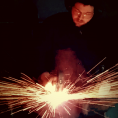
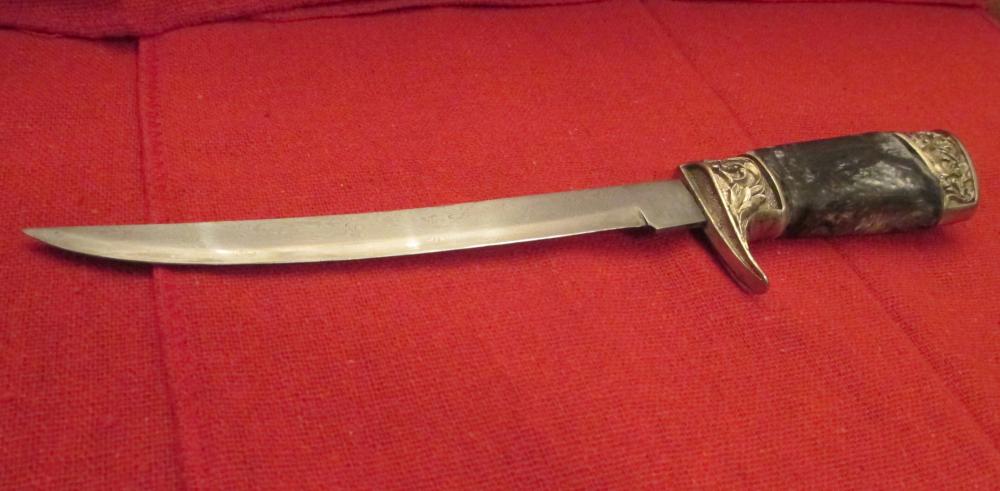
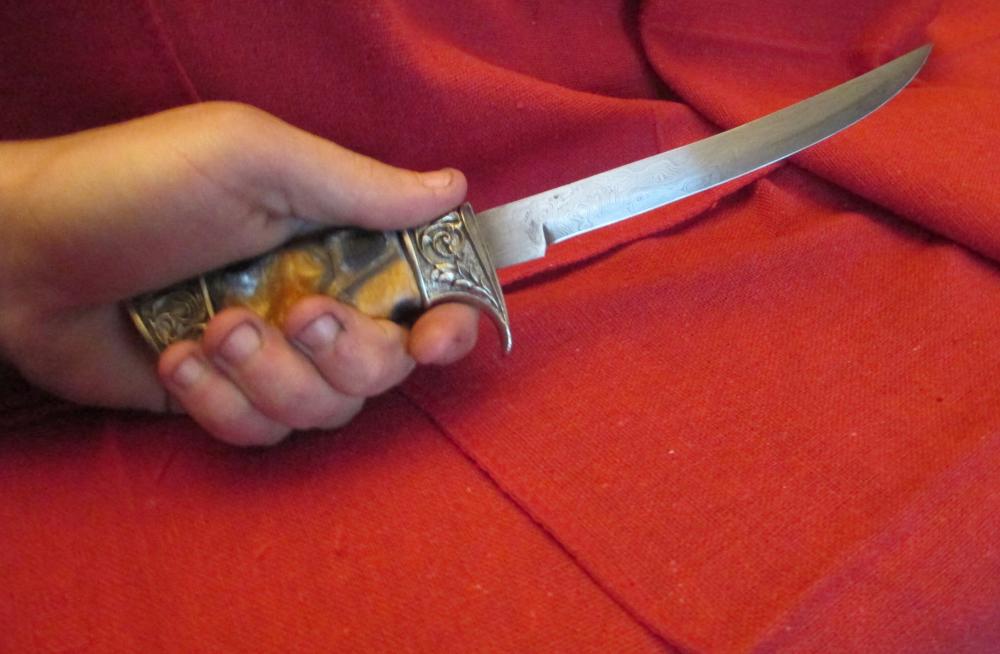
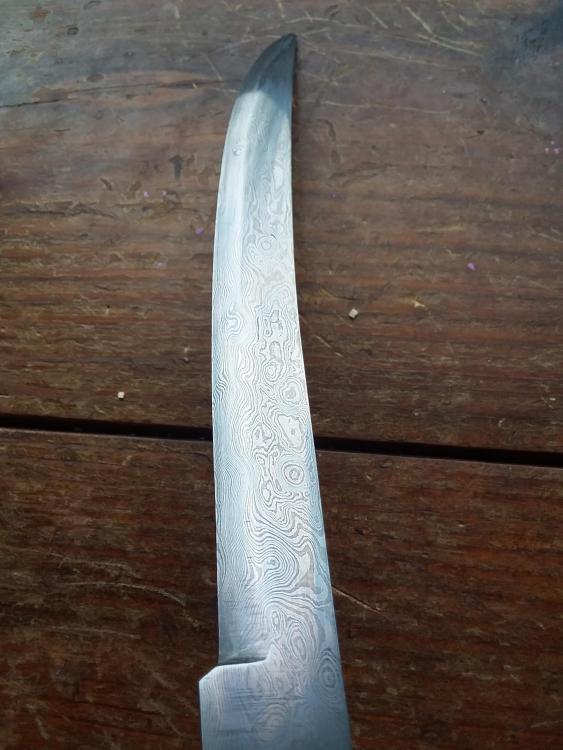
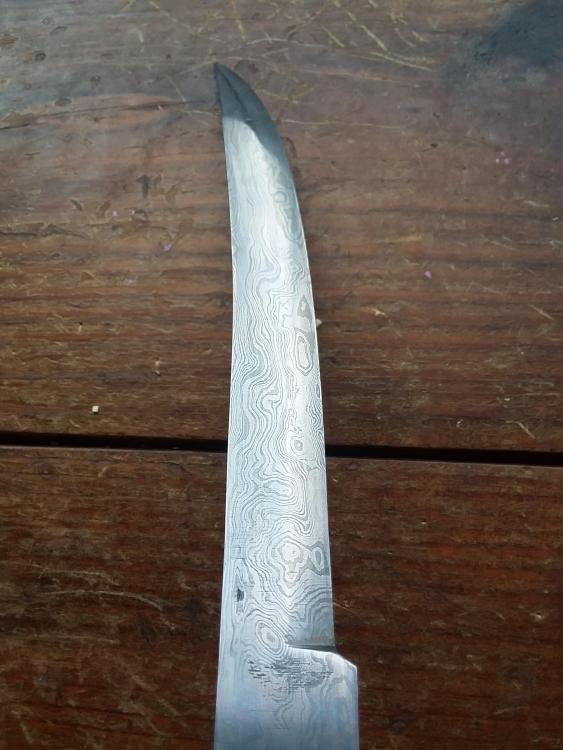
Octagonal Hammer Handles
in Hand Hammers
Posted
I assume you mean just the handle would be octagonal? The part that is in the eye is still round, or also octagonal? Because that would mean you would need octagonal punches and drifts, complicating matters further. I imagine having an octagonal eye would also put more stress on the wood inside the eye, depending on which way the octagon is oriented.
When i make handles, i prefer them to be more of an oval, with the elongated sides running parallel to the face, that way you can orient or index the face more easily mid swing.